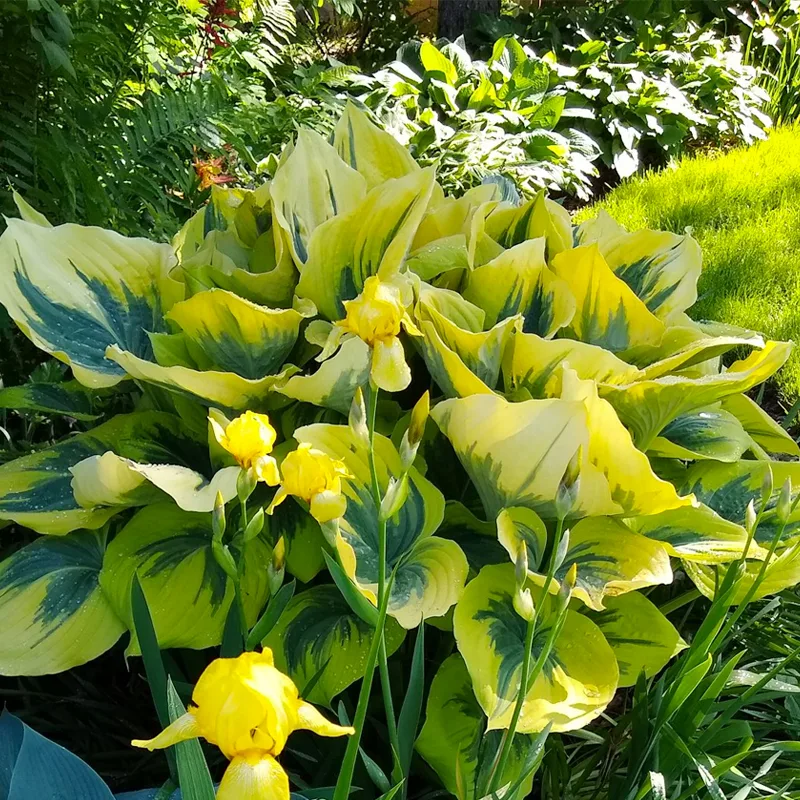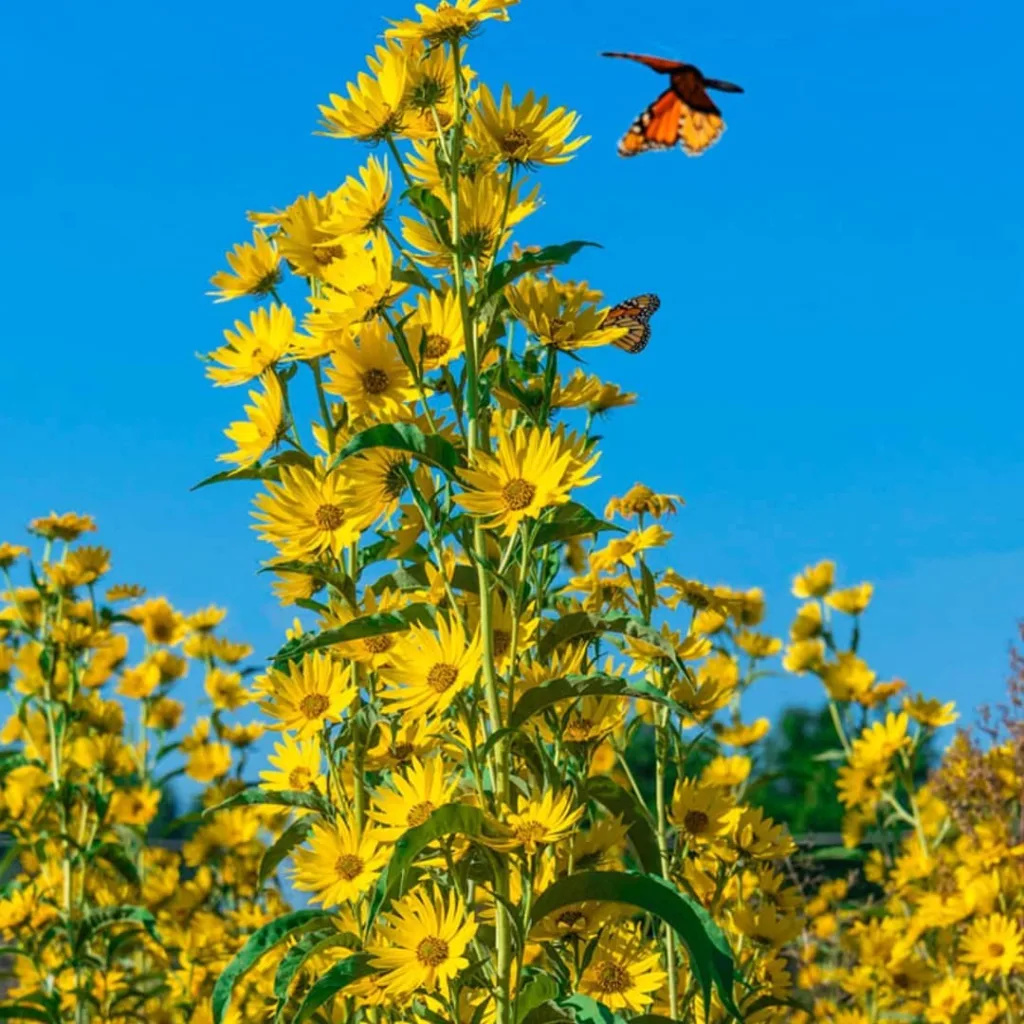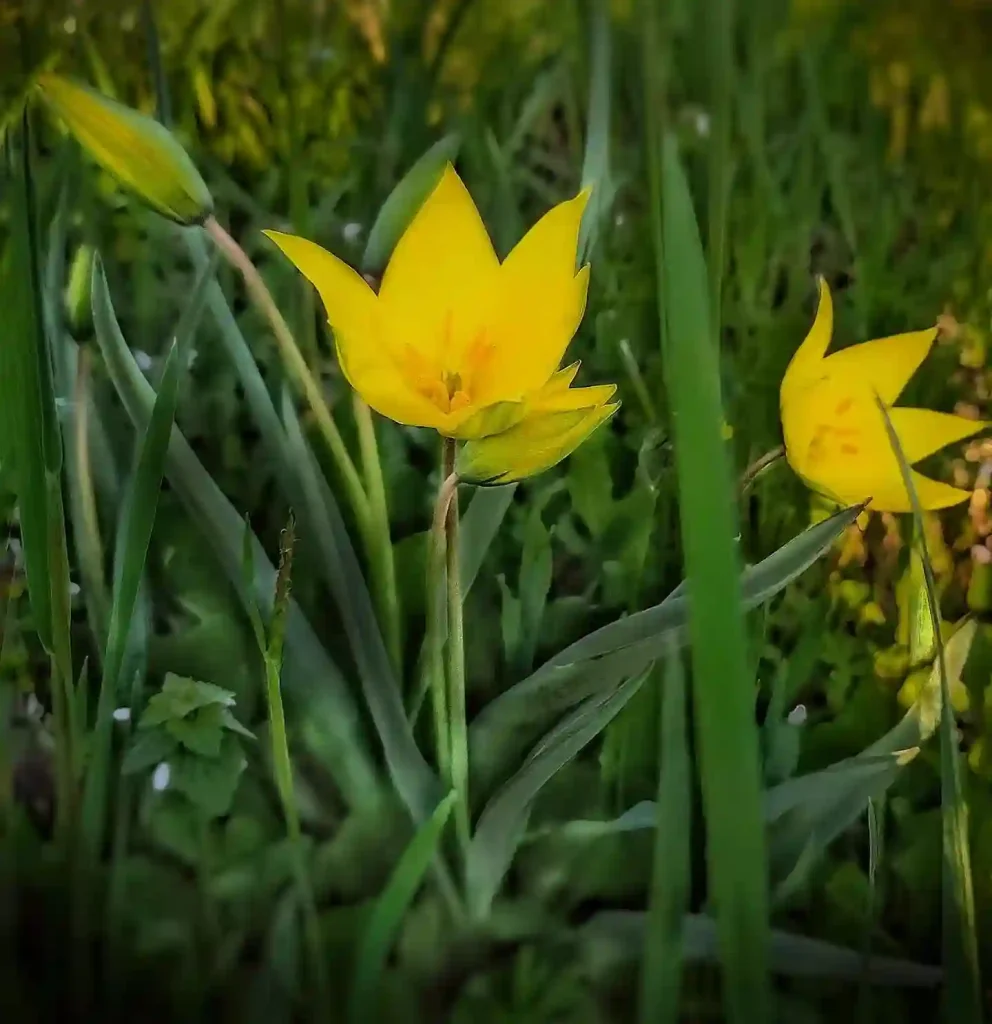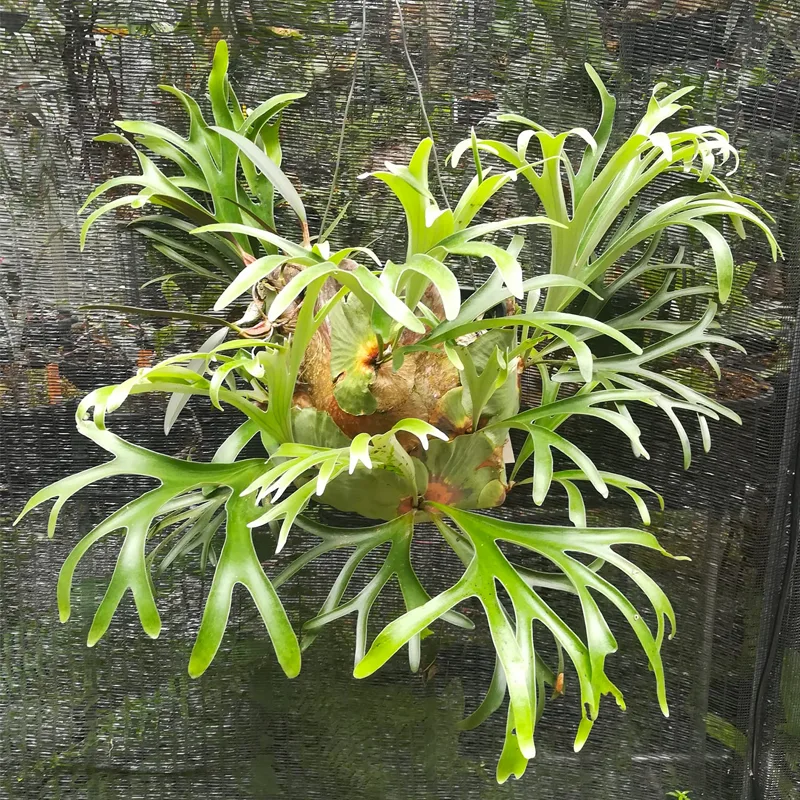
FAQs About Chlorogalum Pomeridianum
As a plant enthusiast, I’ve come across many fascinating species, but none quite captivate me like Chlorogalum Pomeridianum, commonly known as the Soap Plant. This resilient plant boasts striking foliage and beautiful flowers, making it a must-have for any garden. Here, I’ll address some frequently asked questions to help you understand how to grow and care for this unique species.
What is Chlorogalum Pomeridianum?
Chlorogalum Pomeridianum is a perennial herb belong to the Asparagaceae family, native to California. Its thick, fleshy leaves emerge from a bulb and can grow up to 2 feet tall. In the spring and summer, it produces stunning spikes of white flowers that are not only eye-catching but also attract various pollinators. Historically, Native Americans utilized the plant for its saponins, which can create a lather when mixed with water, hence the name “Soap Plant.”
Plant Family: 119 Genera in Asparagaceae
What Growing Zone Does Chlorogalum Pomeridianum Grow In?
When considering how to grow Chlorogalum Pomeridianum, it’s essential to know which growing zones are suitable. This plant thrives in USDA zones 7 to 10. In these areas, the climate provides the right conditions for the bulb to establish itself and flourish.
How to Grow Chlorogalum Pomeridianum?
Growing Chlorogalum Pomeridianum is relatively straightforward, especially if you follow a few key guidelines. First, choose a well-draining soil mix, as the plant is susceptible to rot in overly saturated conditions. Plant the bulbs about 4 to 6 inches deep in the spring or fall.
Ensure your plants receive plenty of sunlight; they prefer full sun but can tolerate partial shade. Water the plant lightly during dry periods, but avoid overwatering. Once established, Chlorogalum Pomeridianum is drought-tolerant, making it an excellent choice for xeriscaping.
How to Care for Chlorogalum Pomeridianum?
Caring for Chlorogalum Pomeridianum involves a few critical tasks:
- Watering: After the initial establishment, reduce watering frequency. Allow the soil to dry between waterings.
- Fertilizing: Use a balanced fertilizer during the growing season to encourage healthy growth.
- Pruning: Remove dead or yellowing leaves to keep the plant looking tidy and healthy.
- Mulching: A layer of mulch can help retain soil moisture and suppress weeds.
How to Propagate Chlorogalum Pomeridianum?
Propagation can be done through bulb division. In late summer or early fall, after the foliage has died back, carefully dig up the bulbs. If they have produced offsets, separate them and replant. This method not only increases your plant count but also helps rejuvenate the original bulb.
What to Plant With Chlorogalum Pomeridianum?
Chlorogalum Pomeridianum pairs beautifully with other drought-tolerant plants. Consider planting it alongside succulents, Agave, or various native California species like California poppies or yarrow. This combination creates a stunning, low-maintenance garden that thrives in similar conditions.
Can You Grow Chlorogalum Pomeridianum Indoors?
While it’s possible to grow Chlorogalum Pomeridianum indoors, it requires specific conditions. Ensure you have a bright, sunny spot, ideally with south-facing windows. Use a well-draining potting mix and water sparingly. However, outdoor cultivation is generally more successful due to natural sunlight and airflow.
Is Chlorogalum Pomeridianum Toxic?
One of the common concerns with any plant is its toxicity. Chlorogalum Pomeridianum is not considered toxic to humans or pets, making it a safe addition to your garden. However, it’s essential to note that the sap can cause skin irritation in some individuals, so it’s best to wear gloves while handling the plant.
Benefits of Chlorogalum Pomeridianum
Beyond its aesthetic appeal, Chlorogalum Pomeridianum offers several benefits. It’s an excellent choice for xeriscaping, requiring minimal water once established. The plant attracts pollinators, contributing to local biodiversity. Additionally, its historical uses highlight its importance in Native American culture, adding depth to its presence in modern gardens.
Common Problems with Chlorogalum Pomeridianum
Despite its hardiness, Chlorogalum Pomeridianum can encounter a few issues. Overwatering is the most significant threat, leading to bulb rot. Pests like aphids or spider mites may also appear, but they can usually be controlled with insecticidal soap or neem oil.
How Does Chlorogalum Pomeridianum Compare with Other Similar Plants?
When comparing Chlorogalum Pomeridianum to other bulbs like Allium or Camassia, it stands out for its unique foliage and historical significance. While Allium offers a different flower shape and color, Chlorogalum’s flowers have a delicate, star-like appearance that draws the eye. Both plants require similar care, but Chlorogalum’s drought tolerance makes it particularly suitable for arid regions.
In conclusion, Chlorogalum Pomeridianum is a resilient and beautiful plant that can enhance any garden. By understanding its growing requirements and benefits, you can enjoy this remarkable species for years to come. Whether you’re a novice gardener or a seasoned pro, incorporating this plant into your landscape is sure to be a rewarding experience.
If i die, water my plants!



